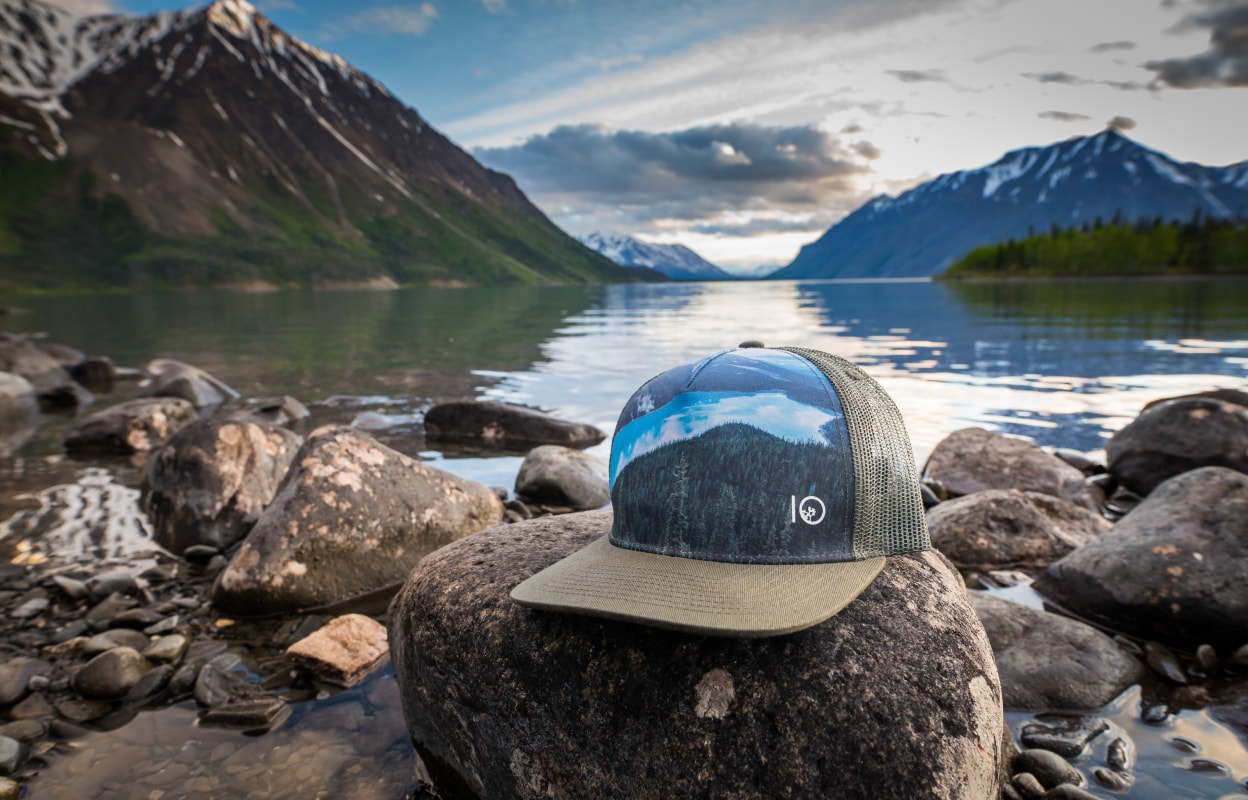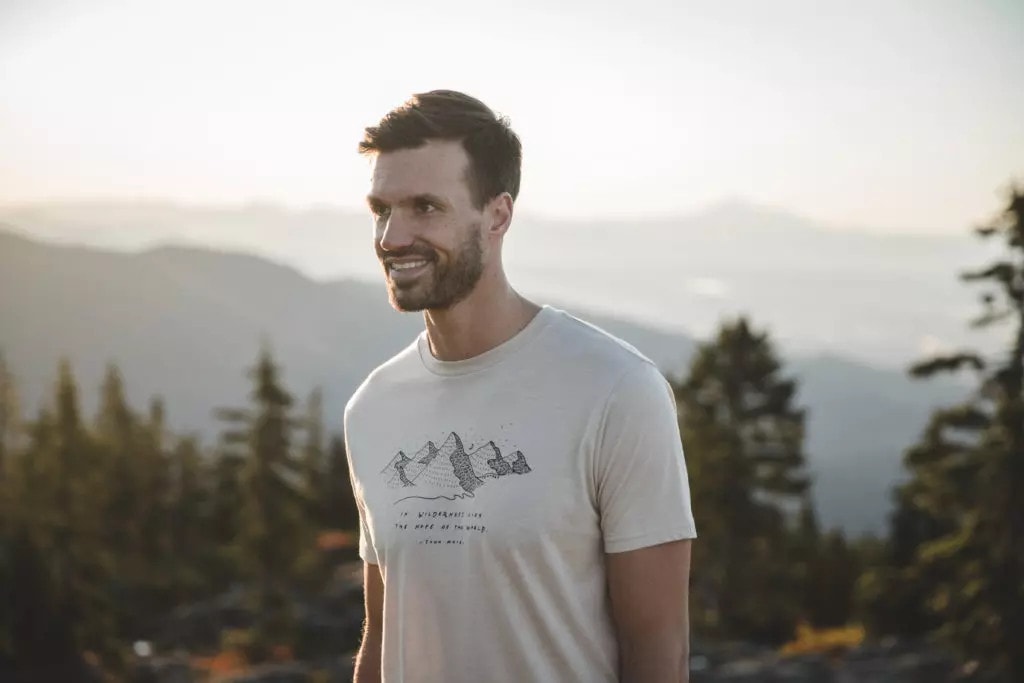A Billion Trees: Talking Sustainability With tentree

Arthur Kononuk, creative director at tentree, discusses environmental best practices and how PLM is helping tentree reach its sustainability goals.
Environmental responsibility is inherent to us; tentree was planting before it started making clothes. The decisions we make as a business come from our environmentally responsible ethos. As a team, we talk about planting trees first and foremost, then selling products, always putting the environment first.

Push and Pull
In order for us to reach our goal of planting a billion trees, we still need products that people can get behind; we’re just looking at the apparel business through a different lens.
If we only focused on sales, it would take us away from making sustainable products. But, in terms of our bottom line, there is a big movement with younger generations: they are more inclined to pay more for an environmentally responsible garment. Some of our partner stores don’t even take products if they aren’t produced sustainably. It’s a push and pull ecosystem, which is a great thing. The sustainability of a product can certainly have a positive impact on your bottom line if you’re selling to the right consumer.

Cradle to Cradle
In terms of maintaining our current commitment to the environment and become progressively sustainable as we continue to grow as a brand, our larger focus is to look at the complete lifecycle of a product. This includes what happens after our consumer has fallen out of love with it.
We want to lower the environmental impact of a product, particularly at the end of its life. Working on our first compostable collection is a priority and currently we’re looking at a Fall 2018 launch. Our aim is to create a fully compostable product you could bury in the garden when it comes to the end of its life.
Production decisions around low impact products definitely inform the aesthetic and design. You can be limited in terms of colors and print choices at the expense of making a low impact garment, so there’s still a lot of room for technology to progress, but also for research and development.

PLM for a Better Future
Technology helps our business to be sustainable in many ways. It helps us choose and produce more sustainable fabrics, such as recycled cotton. It helps us measure the impact of our production process and manage the manufacturers we work with: technology facilitates measurability.
PLM helps us maintain our focus on lifecycle management. It gives us better visibility on the beginning and end of a product’s story.
We use PLM to keep track of our factory certifications and their expiration dates, so we can track and manage all our manufacturers. We use it to input the manufacturer certifications in place and stay on top of this information they have. We can set interesting rules: when a certification expires, the system can stop us supplying tech packs to those vendors.
PLM also allows us to manage our fabric and trim library, making sure we have all the technical information we need to manage the sustainability at the very core of our business. Plus, PLM helps us reduce the amount of energy that goes into our production process, because we’re more aligned as a team.
Looking to the future, particularly when we’re prototyping and refining our size charts and fit specifications, Centric PLM will help us develop products and manage the entire lifecycle, making our business even more streamlined.








